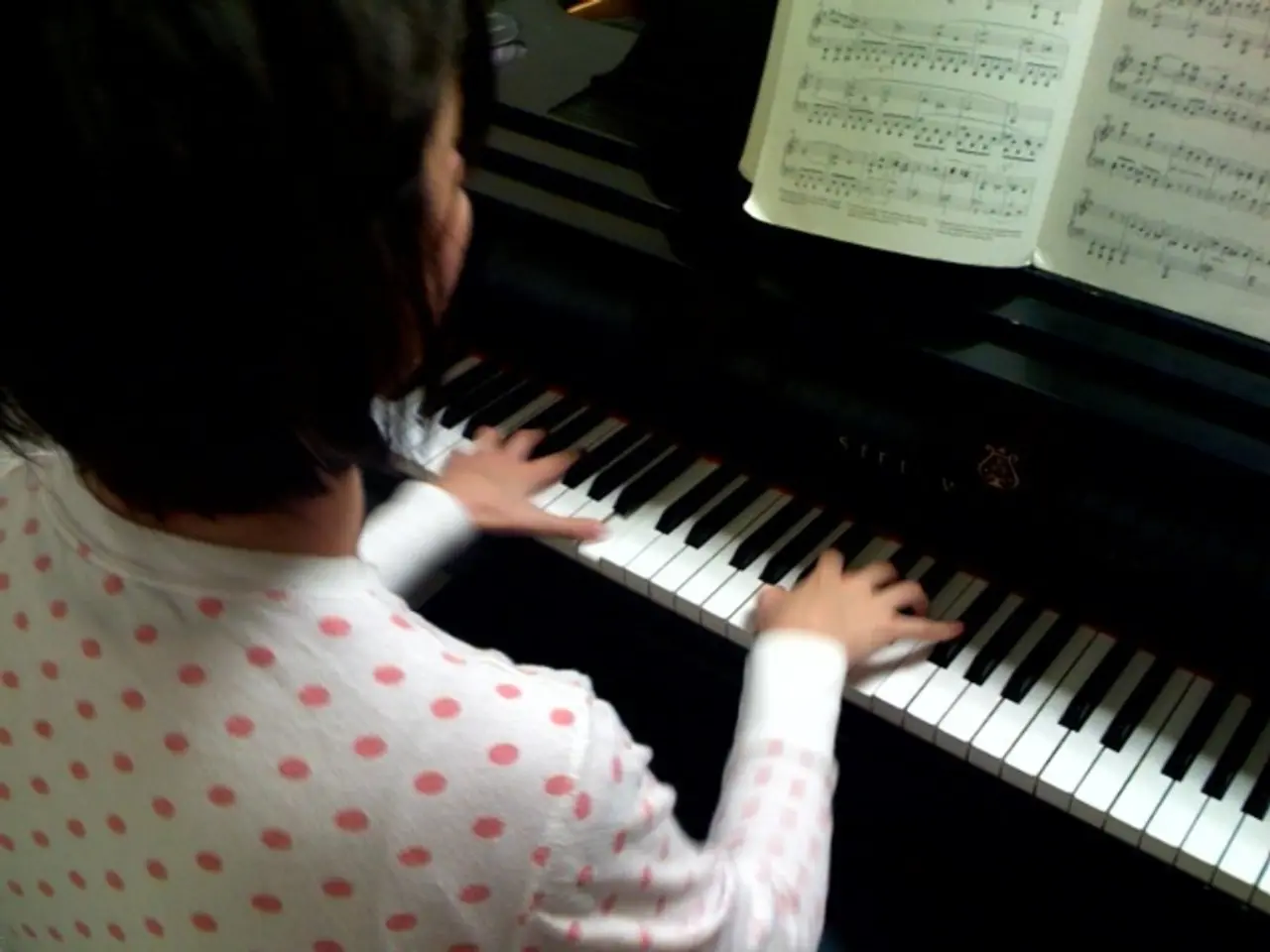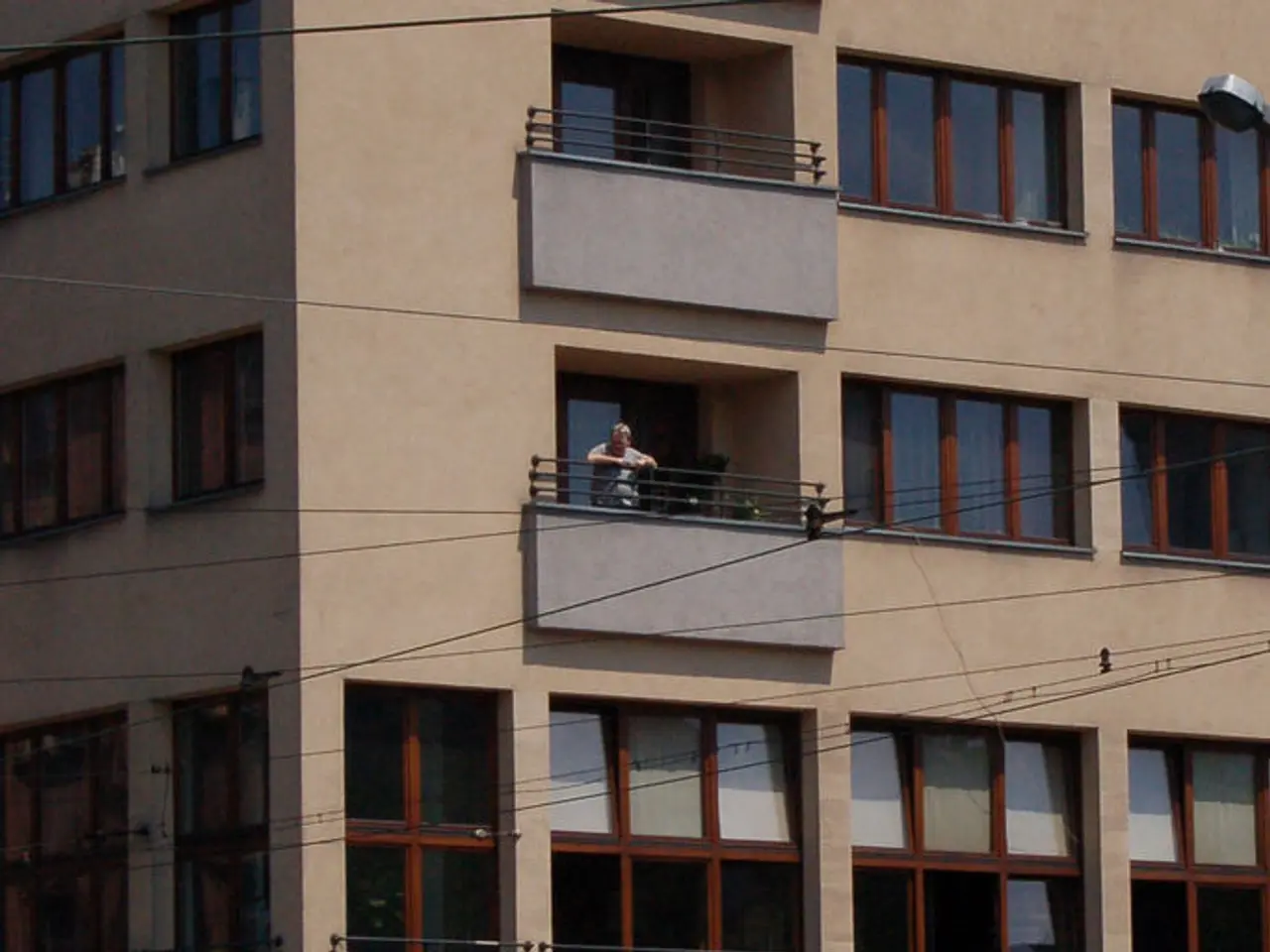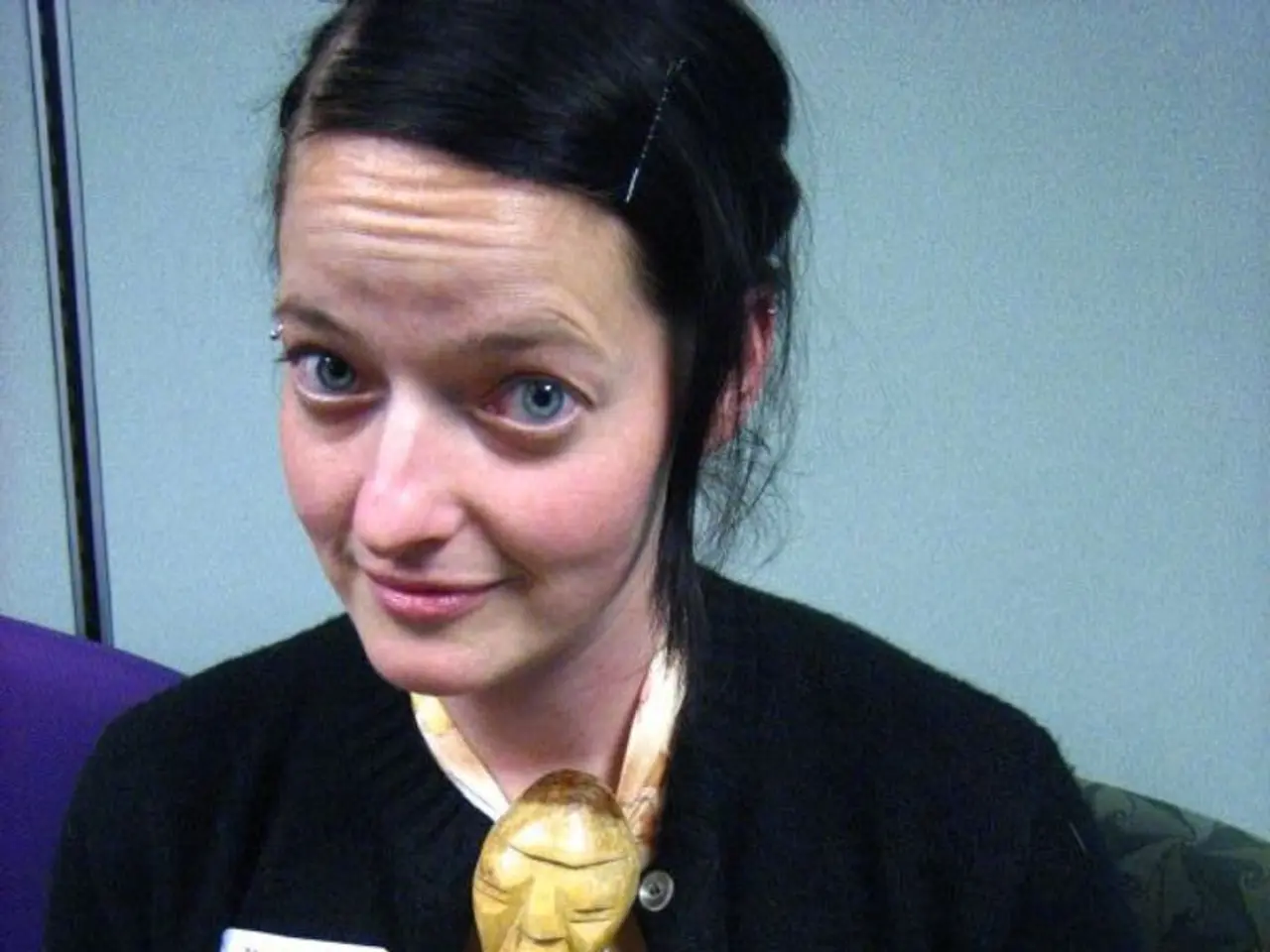Archaeologists unearth ancient burial site containing Roman soldiers remnants, unveiled beneath a soccer pitch in Vienna.
In a groundbreaking archaeological discovery, the remains of around 150 Roman soldiers were unearthed in a mass grave beneath a soccer field in Vienna, Austria, during renovations in October 2024. The site, located in the Simmering district, is close to Vindobona, a major Roman military fort that served as a stronghold until the fifth century.
The battle that led to this mass grave is believed to have taken place in Roman-era Vienna (ancient Vindobona) during the imperial period, when Roman forces clashed with Germanic warriors along the northern frontiers of the Roman Empire in the region historically known as Noricum. Although the exact date of the battle remains undetermined, the discovery sheds light on a violent conflict that occurred in the area during Roman times.
Michaela Binder, a bioarchaeologist with the archaeology firm Novetus, confirmed that the injuries to the bones are clearly due to fighting. The remains, which were generally in good health before their violent deaths, were found with a variety of artifacts, including pieces of armor, nails from shoes, and a military dagger, called a pugio.
The individuals in the mass grave were exclusively male, with an average height of about 5 feet, 7 inches (1.7 meters), a few inches taller than the average Roman legionary. Interestingly, Germanic warriors were approximately the same height.
The find was announced by the city's authorities on April 2, 2025, and the remains, along with the artifacts found there, are still being analysed by scientists. Through ancient DNA analysis and isotope analysis of the bones, researchers hope to reveal more about the origins and living conditions of the soldiers buried there.
One significant aspect of this discovery is the rarity of Roman inhumation burials from this time period. The mass grave is, in fact, the first physical evidence of fighting at the time and place of Vindobona and the surrounding area.
The discovery of the mass grave may indicate a major battle in the area, as suggested by city authorities. Many of the soldiers had injuries on their bones caused by weapons like lances, daggers, and swords, suggesting their deaths were due to fighting.
This archaeological find offers valuable insights into the history of Vienna and the Roman Empire, providing a glimpse into a violent conflict that occurred over 1,800 years ago. The analysis of the remains and artifacts continues, promising to reveal even more about this significant chapter in history.
The discovery of the mass grave in ancient Vindobona, a significant Roman military fort, may suggest a major football-like battle, given the violent injuries found on the bones and the presence of military equipment like pugio daggers. Further analysis of the remains and artifacts might lead to a more accurate estimation of the battle's exact date during the imperial period.







